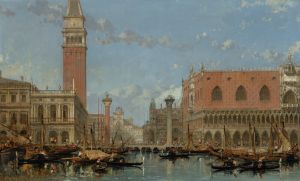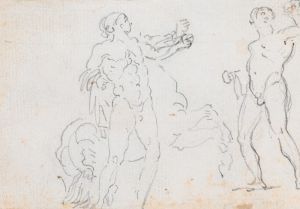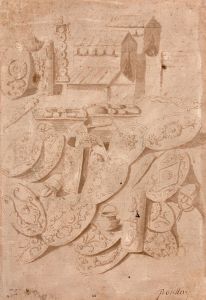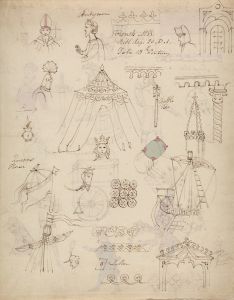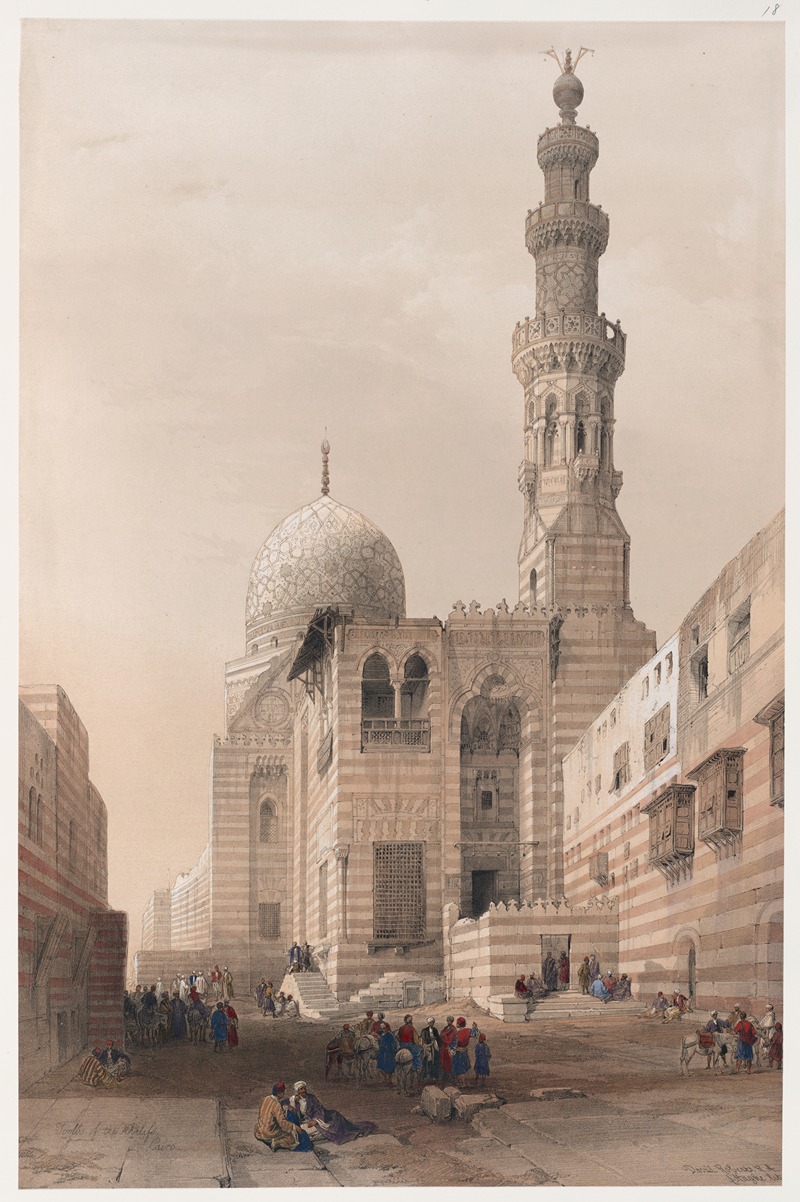
Tombs of the Khalifs [Caliphs], Cairo.
A hand-painted replica of David Roberts’s masterpiece Tombs of the Khalifs [Caliphs], Cairo., meticulously crafted by professional artists to capture the true essence of the original. Each piece is created with museum-quality canvas and rare mineral pigments, carefully painted by experienced artists with delicate brushstrokes and rich, layered colors to perfectly recreate the texture of the original artwork. Unlike machine-printed reproductions, this hand-painted version brings the painting to life, infused with the artist’s emotions and skill in every stroke. Whether for personal collection or home decoration, it instantly elevates the artistic atmosphere of any space.
"Tombs of the Khalifs, Cairo" is a lithograph created by the Scottish artist David Roberts in the 19th century. David Roberts, born on October 24, 1796, in Stockbridge, Edinburgh, was a renowned painter known for his detailed and historically significant depictions of architectural and landscape scenes, particularly those from his travels in the Middle East and North Africa.
Roberts embarked on a grand tour of the Middle East in 1838, which included visits to Egypt, the Holy Land, and other regions. His journey was meticulously documented through sketches and notes, which he later used to create a series of lithographs. These works were published in the six-volume series "The Holy Land, Syria, Idumea, Arabia, Egypt, and Nubia" between 1842 and 1849, with lithographs produced by Louis Haghe, a prominent Belgian lithographer.
The lithograph "Tombs of the Khalifs, Cairo" is part of this series and depicts the historic necropolis known as the City of the Dead in Cairo, Egypt. This area is renowned for its Mamluk-era mausoleums and tombs, which house the remains of various Islamic rulers, scholars, and notable figures. The City of the Dead is situated on the eastern edge of Cairo and has been an important burial site since the Islamic conquest of Egypt.
Roberts' lithograph captures the architectural grandeur and intricate details of the tombs, showcasing the Islamic art and architecture that flourished during the Mamluk Sultanate (1250-1517). The Mamluks were a military class that ruled Egypt and the Levant, and their architectural contributions include some of the most significant Islamic monuments in Cairo.
The lithograph illustrates the domes, minarets, and ornate facades of the tombs, reflecting the Mamluk's emphasis on elaborate decoration and monumental scale. Roberts' attention to detail and his ability to convey the atmosphere of the scene make this lithograph a valuable historical record of Cairo's architectural heritage.
David Roberts' works, including "Tombs of the Khalifs, Cairo," were highly regarded in his time and continue to be appreciated for their artistic and historical significance. They provide a visual documentation of 19th-century Middle Eastern architecture and landscapes, offering insights into the region's cultural and historical context.
Roberts passed away on November 25, 1864, but his legacy endures through his extensive body of work, which remains an important resource for historians, art enthusiasts, and scholars interested in the 19th-century Middle East. His lithographs, including "Tombs of the Khalifs, Cairo," are preserved in various museums and collections around the world, continuing to inspire and educate future generations.





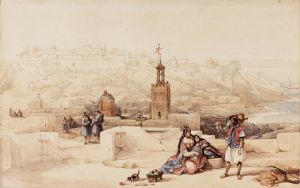
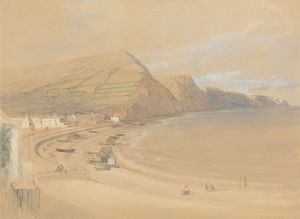

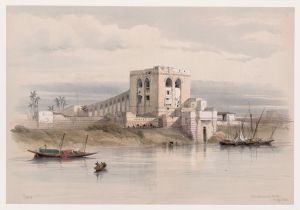
![Hermont [Armant], ancient Hirmonthis. Nov. 26th, 1838.](/imgs/217496/s/david-roberts-hermont-armant-ancient-hirmonthis-nov-26th-1838-3fc57e5.jpg)

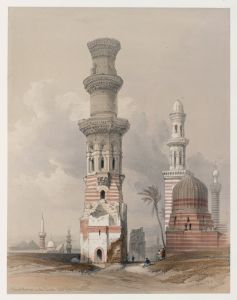
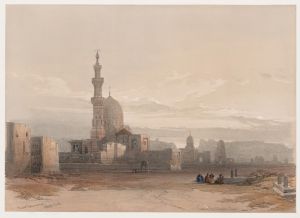
![Tombs of the Memlooks [Mamelukes], Cairo.](/imgs/217568/s/david-roberts-tombs-of-the-memlooks-mamelukes-cairo-74c4b2cc.jpg)
